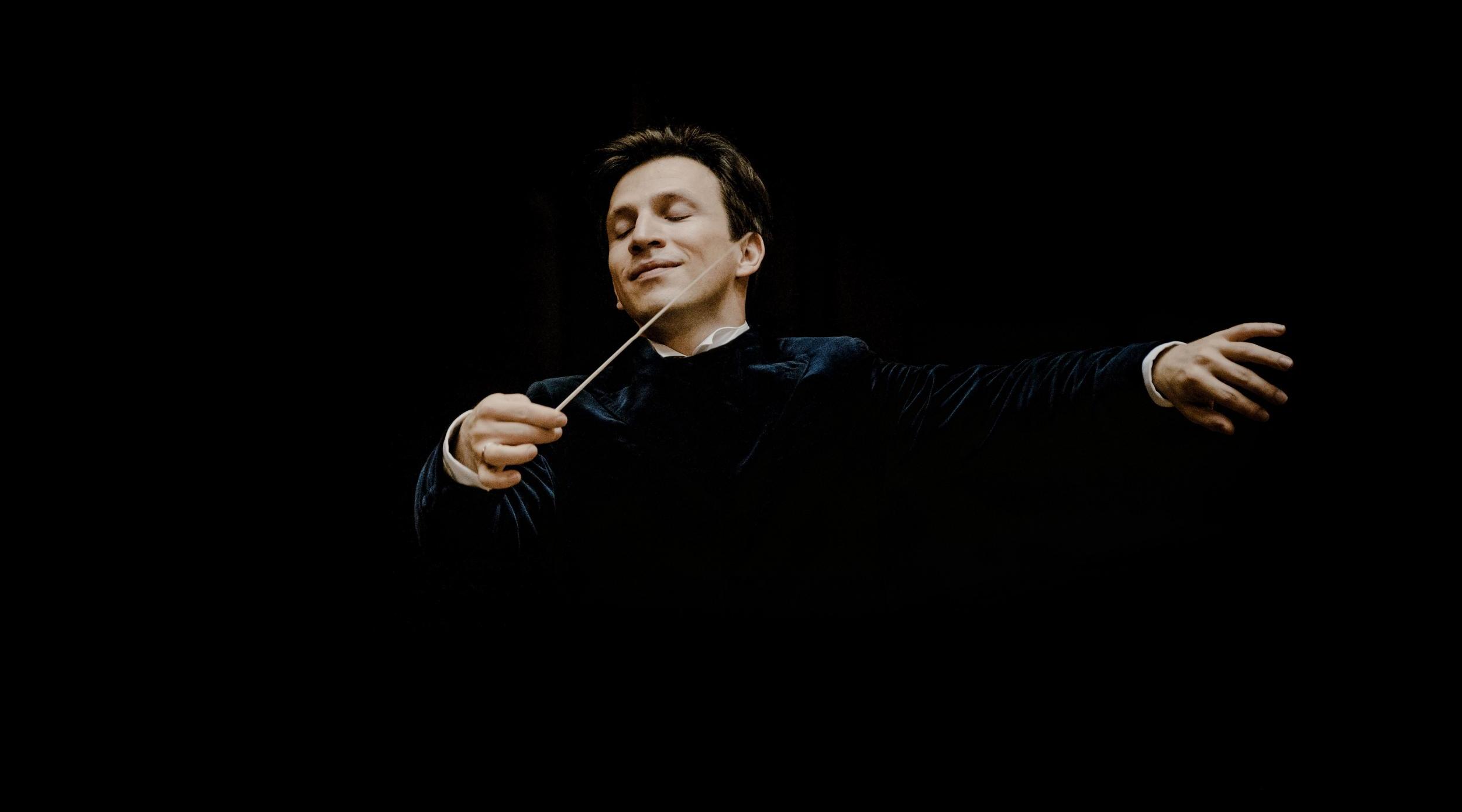Cornelius Meister & Berlioz
Hector Berlioz, Roméo et Juliette, Scène d’amour
Jean-Paul Dessy, Eva Ave Salve (world premiere in partnership with Ars Musica)
Manuel de Falla, El amor brujo
Ludwig van Beethoven, Overture "Leonore" no. 3 in C major, op. 72b
Following a performance of Shakespeare’s Romeo and Juliet in the Parisian Théâtre de l’Odéon, the French composer Hector Berlioz decided to write a new work based on the tragic love story set in Verona. Not an opera, but a dramatic symphony in which the dialogues of love and despair between the two characters in the title are expressed by the orchestra. A generous donation from Paganini, the violin virtuoso – who had just heard Harold en Italie and was enormously impressed – ensured he was able to spend a good period of time composing without worrying about money. Later, Berlioz considered the adagio of Roméo et Juliette, also known as the love scene, to be one of his most successful compositions.
Having lived in Paris for seven years, Spain’s most famous composer, Manuel de Falla, returned to Madrid shortly after the outbreak of World War One. There he composed El amor brujo (Love, the Magician), a ballet about an Andalusian gypsy woman who is troubled by the ghost of her deceased husband. However, the original work - which was created at the behest of a star dancer of the time, Pastora Imperio, and also contained dialogue - was not a success. Manuel de Falla got to grips with the composition and created a new version for orchestra and mezzo-soprano, which quickly became very popular. There are few other works that evoke flamenco culture so well, although El amor brujo also owes much to the encounters Manuel de Falla had in Paris with the likes of Ravel, Debussy, Stravinsky and the Russian impresario, Diaghilev. The ballet was made into a film in the 1980s by the renowned Spanish director, Carlos Saura.

